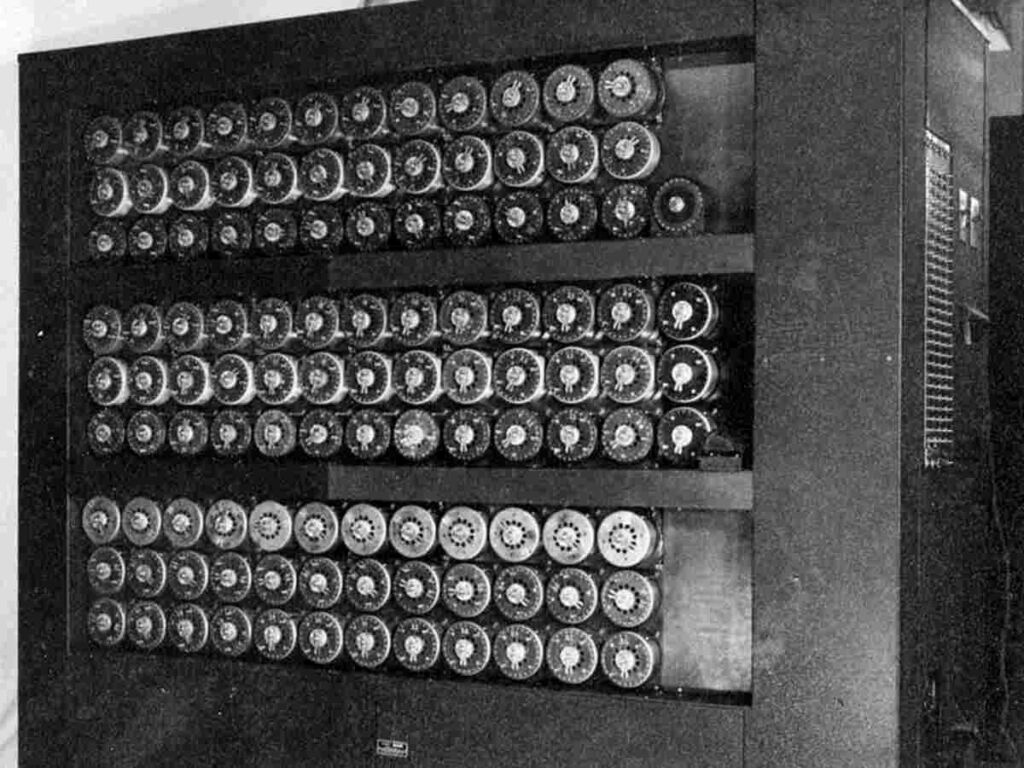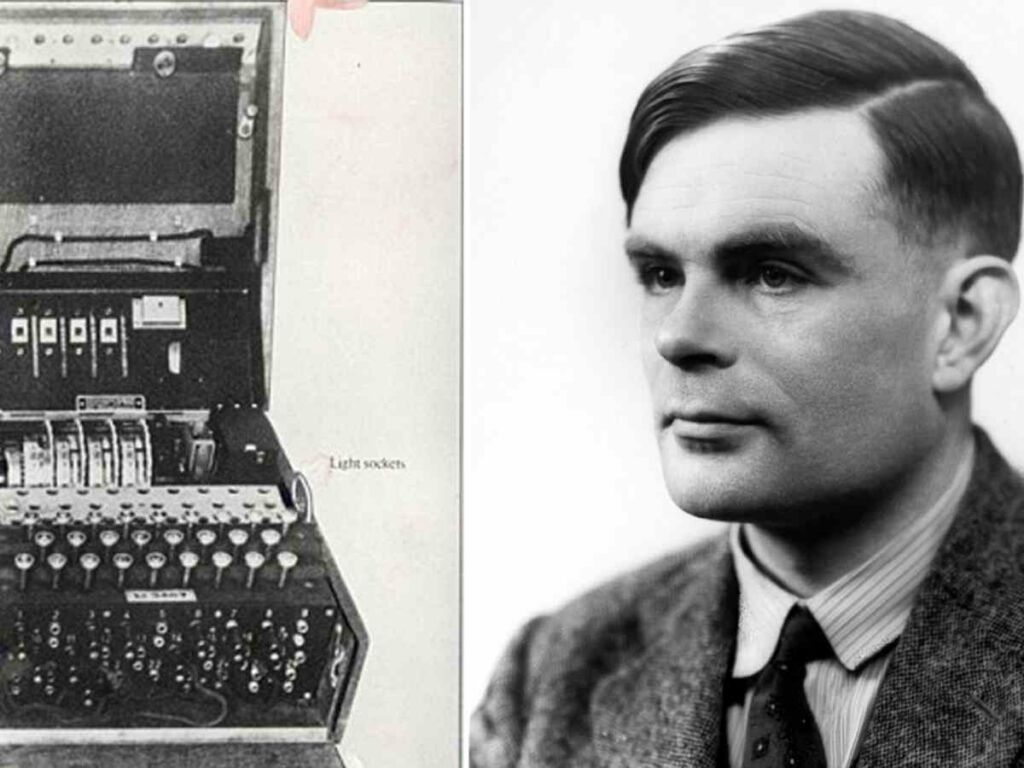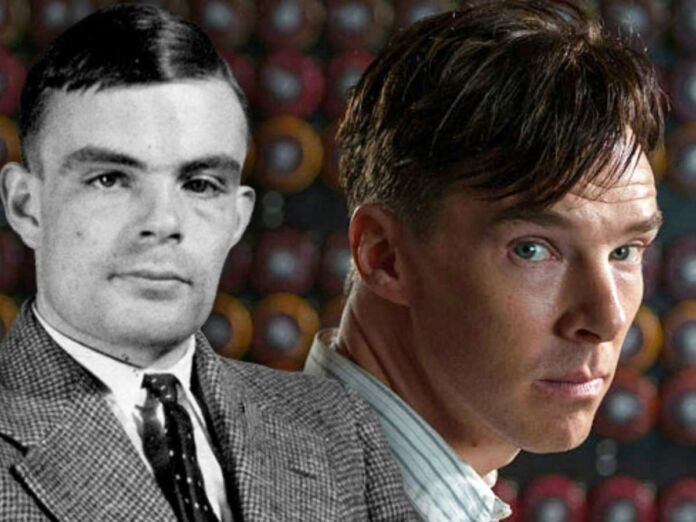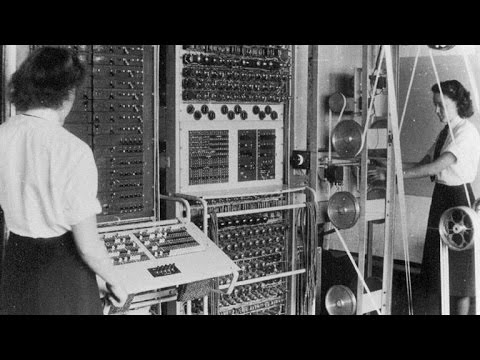Alan Turing was a British mathematician, cryptanalyst, logician, mathematical biologist, and philosopher, who is widely known for cracking the German Enigma Code during World War II. He gave the Allied Powers the advantage that helped them defeat the Nazis in Europe. He is also said to be the founding father of modern artificial intelligence and cognitive science and provided the algorithms and computation with the help of the Turing machine.
Turing took up a full-time position in Bletchley Park, Buckinghamshire in 1939 where he was in charge of a classified project of decrypting military codes used by Germany. In 1952, he was convicted of homosexuality which was illegal in the UK at that time, and was found dead in his bed of cyanide poisoning in 1954. His life and his quest of cracking the Enigma Code have been documented in the movie ‘The Imitation Game‘, in which Benedict Cumberbatch plays the genius code breaker.
Related: Michelle Yeoh Becomes The First Asian Best Actress Winner For ‘Everything Everywhere All At Once’
What Is The Enigma Code?

Alan Turing’s main job at Bletchley Park was to crack the ‘Enigma’ code. Enigma was a type of enciphering device used by the Germans to send encrypted messages safely. The first Enigma was invented by German engineer Arvin Scherbius in 1918 whose motive was to sell it for commercial purposes instead of military purposes. The Enigma was redesigned several times in the subsequent years and the most advanced Enigma used during the Second World War had four coded rotors and was encased in wood.
Even though the Polish had figured out how to decode the messages and shared this information with the British, the Nazis increased security at the time of the war by changing the cipher daily. The messages sent using Enigma used different passwords every day hence the difficulty in deciphering these messages increased as they required that the unique password be discovered daily. Allied shipping was incurring heavy losses due to German U-boats and the need to decode these signals was imminent, this is where Turing’s genius came to play.
In case you missed: The 1975’s Matty Healey Urges Oasis To “Grow Up” And Reunite
How Did Alan Turing Finally Crack The Code?

Alan Turing, along with his colleague Gordon Welchman, invented the machine known as the Bombe which initially used methods developed by the Polish mathematicians. This device was instrumental in breaking the code and reducing the work of cryptanalysts. German Air Force was being read at Bletchley since the mid-1940s which was instrumental in aiding the Allied war effort. In 1941, Turing used captured material from Enigma and developed the technique ‘Bansburimus’ which helped decode German Naval signals.
He led the ‘Hut 8’ team at Bletchley that was in charge of decoding German naval signals which helped the Allied convoys to be directed away from German U-boats. This proved to be crucial in the Battle of Atlantic during the war. The intelligence received from the decoded messages was codenamed ULTRA which was higher than ‘Most secret’, the highest level of classification at that time. This was done to safely guard the fact that the Enigma messages were being deciphered to prevent the encryption process from being changed.
The cryptanalysts at Bletchley Park were decoding around 39,000 messages each month by early 1942. This quickly rose to almost 84,000 messages per month which meant that two messages every minute, day and night were being decoded. Turing, in 1942, also invented a method of decrypting messages sent using a highly sophisticated German cipher, which the British called ‘Tunny’. He was honored using the Officer of the Most Excellent Order of the British Empire (OBE) at the end of the war for his pioneering code-breaking work.
You might also like to read: Can Sitcoms Like ‘Friends’ And ‘The Office’ Work In The Current Cultural Climate?






